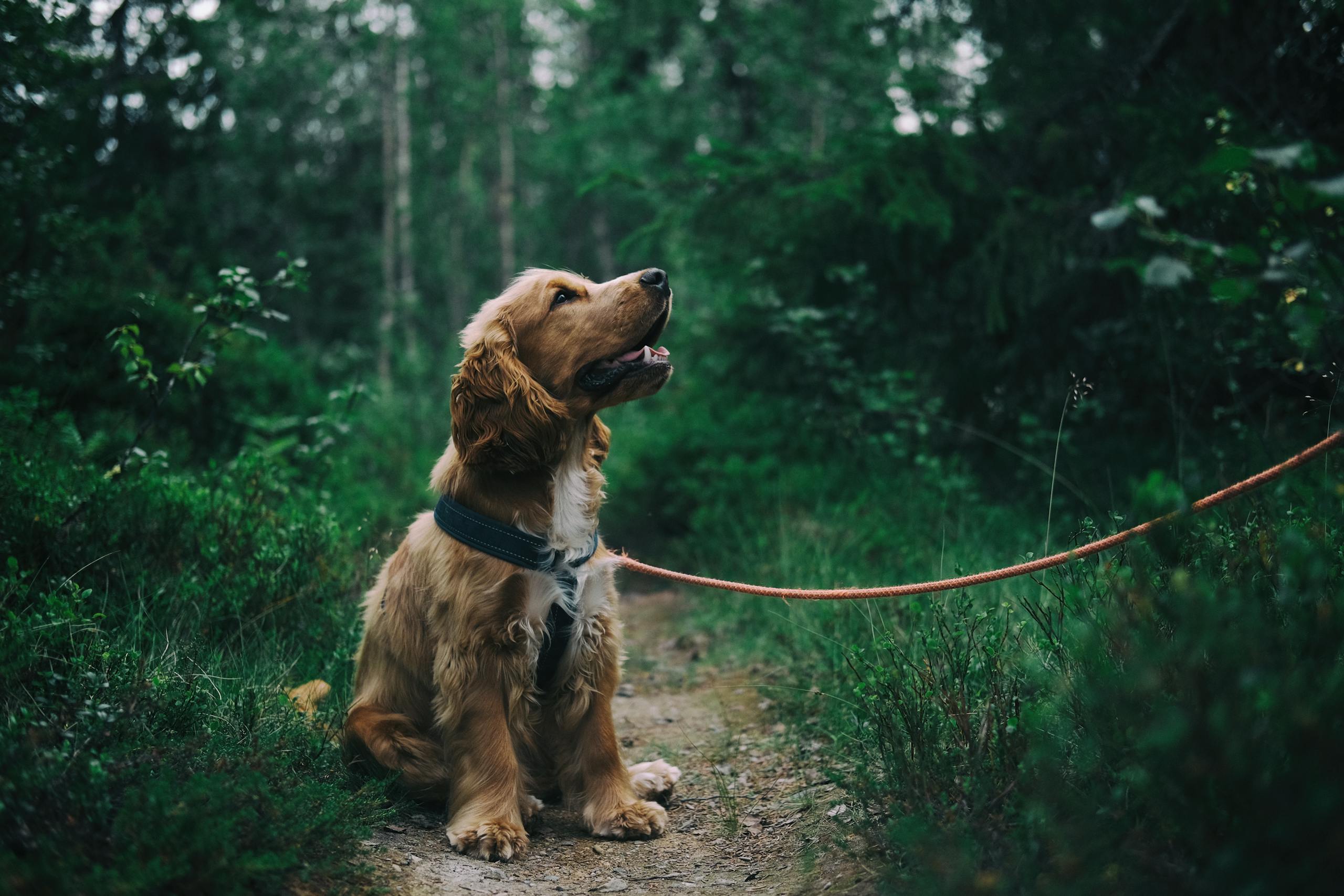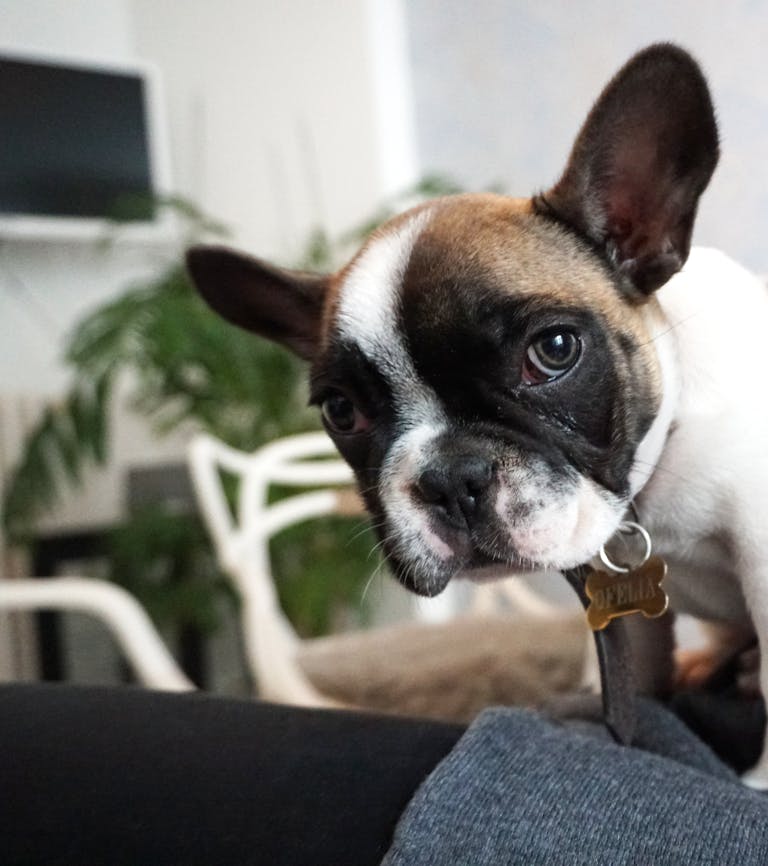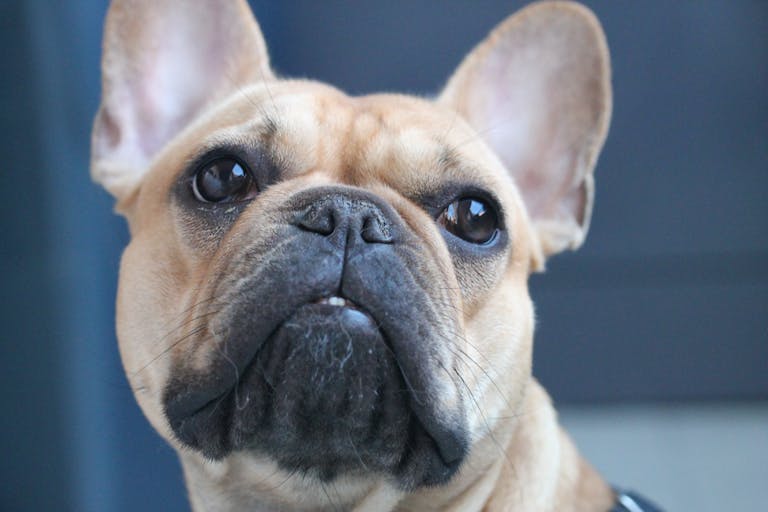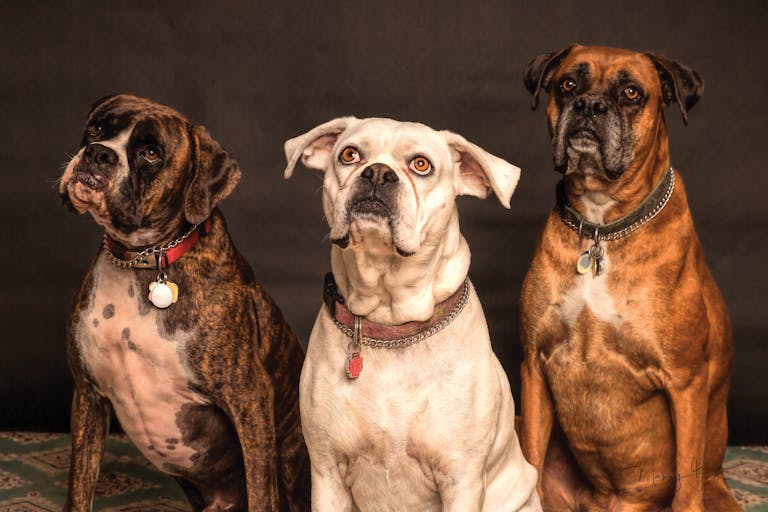Reward-Based Training: Why Positive Reinforcement Still Matters
Training your dog isn’t just about teaching commands—it’s about building trust, communication, and a bond that lasts a lifetime. While there are many dog training methods, one stands out as both humane and effective: positive reinforcement training. This reward-based training method doesn’t rely on fear or punishment but instead encourages your dog to repeat the desired behavior by rewarding them with something they love.
But why is this approach so powerful? Let’s break it down.
Table of Contents
What is Positive Reinforcement in Dog Training?
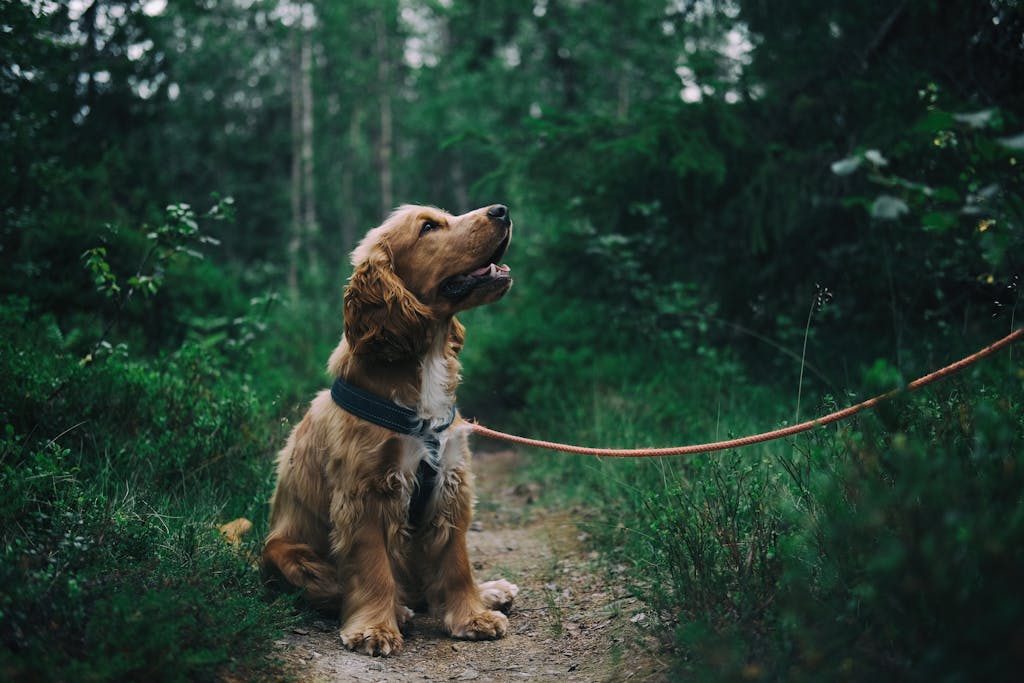
At its core, positive reinforcement is simple: when your dog does something you like, you reward your dog. Over time, your dog learns that offering the behaviors you want leads to good things. According to the American Kennel Club (AKC), this method is rooted in operant conditioning, a scientific approach to learning where timing is crucial.
A common example? Your pup sits when asked, and you immediately offer a treat. This signals that sitting is a well-behaved response worth repeating.
Understanding Positive Reinforcement
Understanding positive reinforcement goes beyond just giving out treats. It involves using rewards like food, praise, toys, or even playtime. Anything your dog finds valuable can become a motivator.
That’s why positive reinforcement training works across breeds—from herding dogs to lapdogs—because the training process adapts to what each individual dog likes.
How Does Positive Reinforcement Work in Training Your Dog?
Here’s the secret: dogs repeat behaviors that are rewarded. If a dog learns that sitting politely gets them a treat or petting, they’re more likely to repeat it.
This works because:
- The reward comes immediately after the desired behavior.
- Dogs quickly make the connection between action and outcome.
- The training process becomes fun, not stressful.
- When you’re training your dog, remember that timing is crucial. If you wait too long, your dog might become confused about what exactly earned the reward.
Common Dog Training Techniques Using Positive Reinforcement
Some common dog training techniques with rewards include:
- Clicker training – using a small clicker to mark good behavior, followed by a treat.
- Lure and reward – guiding a dog with food (a lure) and then rewarding once the behavior is complete.
- Treat training – using high-value treats during learning.
- Agility training – reinforcing new behaviors and speed with toys or food.
These training techniques are humane and ethical, helping dogs learn without punishment.
Why Choose Reward-Based Training Over Other Methods?
Some owners still turn to aversive tools like prong collars or shock collars. But here’s the thing: research shows aversive methods can cause stress and behavior problems rather than fixing them.
On the other hand, reward-based dog training is not only more humane, it also improves animal welfare. Veterinary behaviorists consistently recommend reward-based methods as the safer option (PetMD).
Benefits of Reward-Based Dog Training
The benefits go beyond teaching commands:
- Builds trust between you and your dog.
- Reduces behavioral issues like fear or aggression.
- Encourages your dog to offer the behaviors you want.
- Makes the training process enjoyable—for both you and your dog.
That’s why positive reinforcement training has become the gold standard among modern dog trainers.
Comparing Positive Reinforcement to Aversive Methods
With aversive methods, a dog might obey out of fear. But fear-based obedience doesn’t last long and can harm your bond. In contrast, training with rewards teaches dogs that good choices pay off.
Simply put: when your dog finds joy in training, they’re more likely to repeat good habits.
How Reward-Based Training Helps with Behavioral Issues
Many behavior problems—like jumping, barking, or pulling on the leash—improve when replaced with a desired behavior that gets rewarded. Instead of punishing a dog for barking, you can reward silence or calm sitting.
This approach addresses the root cause of behavioral issues, rather than masking them.
How Can You Effectively Implement Positive Reinforcement Training?
Here’s how to get started:
Essential Training Techniques for Rewarding Good Behavior
- Mark the behavior immediately (with a clicker or “yes”).
- Give rewards instantly.
- Be consistent across training sessions.
Using Treats and Other Rewards to Reinforce New Behaviors
Treats are a popular kind of reward, but toys, praise, or belly rubs work too. Think about things your dog loves—because anything your dog values can motivate them.
Training Sessions: Timing and Delivery of Rewards
Keep sessions short and fun. Remember, timing is crucial: rewards must come immediately after the desired behavior.
What are the Common Misconceptions About Positive Reinforcement?
Some owners worry: Do you need to use food to reward your dog forever? Not at all. While food is powerful at first, you can fade it out and use praise, play, or other motivators.
Understanding the Power of Positive Reinforcement Beyond Treats
The power of positive reinforcement lies in flexibility. Training rewards can be toys, games, or even access to the couch.
Common Myths About Reward-Based Training Methods
- Myth: “Dogs will only work for food.”
- Myth: “It doesn’t work without punishment.”
- Myth: “You can’t train dogs without force.”
In reality, that’s why positive reinforcement training is recommended by experts in veterinary behavior—it works long-term, without food dependence.
Who Are the Best Dog Trainers for Reward-Based Methods?
Not all dog trainers use the same philosophy. Look for trainers who:
- State clearly that their trainers use reward-based methods.
- Avoid negative reinforcement and aversive tools.
- Are endorsed by professional associations like the Certification Council for Professional Dog Trainers (CCPDT).
- Finding Qualified Trainers Who Use Positive Reinforcement
When evaluating a training program, ask:
- Do they use treats, toys, or praise as rewards?
- Do they avoid tools like shock collars?
- Do they emphasize humane and ethical methods?
The Role of Trainers in Reward-Based Training
A good trainer doesn’t just show you techniques—they coach you on getting your dog engaged, motivated, and eager to learn.
What Should You Keep in Mind When Training Your Dog?
Every dog is unique. Some prefer toys, others crave food or affection.
Understanding Your Dog’s Preferences for Rewards
Pay attention to things your dog enjoys most. This could be tug games, treats, or a quick walk.
Tips for Training Your Dog with Positive Reinforcement
- Start simple when teaching your dog.
- Use training rewards that your dog likes.
- Always end on a positive note so your dog knows they did well.
- Tracking Progress and Adjusting Rewards as Needed
As your dog masters new skills, you can mix up the kind of reward. In early stages, use high-value treats. Later, rotate with toys or praise.
What is positive reinforcement in reward-based training for dogs?
Positive reinforcement is a training method that involves rewarding your dog for desired behaviors, encouraging them to repeat those actions. This can include verbal praise, treats, or playtime, which helps your dog associate good behavior with positive outcomes.
How does reward-based dog training differ from other dog training methods?
Reward-based dog training focuses on reinforcing good behavior rather than punishing unwanted actions. Unlike traditional methods that may rely on negative reinforcement, this positive reinforcement training approach builds a trusting relationship between the dog and the trainer, making it more effective and enjoyable for both parties.
What are some common dog training techniques using positive reinforcement?
Common dog training techniques that utilize positive reinforcement include clicker training, where a click sound marks the desired behavior followed by a reward, and leash training, which encourages dogs to walk politely without pulling. These methods help reinforce good behavior in various situations.
Do I need to reward my dog every time during training?
While it’s essential to reward your dog initially for learning new commands or behaviors, you can gradually reduce the frequency of rewards as they become more proficient. This process, known as fading, helps your dog understand that they should still perform the behavior even if a reward isn’t given every time.
Can I use positive reinforcement without food rewards?
Yes, positive reinforcement does not have to rely solely on food rewards. You can use praise, toys, or playtime as incentives. Understanding positive reinforcement allows you to identify what motivates your dog the most, making training sessions more effective.
How can I ensure my dog responds to positive reinforcement training?
To ensure your dog responds to positive reinforcement training, be consistent with your rewards and timing. Use a clear command and reward immediately after the desired behavior occurs. This helps your dog make the connection between the action and the reward, reinforcing their learning process.
What should I do if my dog is not motivated by rewards?
If your dog is not motivated by the rewards you are offering, it may be helpful to experiment with different types of rewards. Some dogs may respond better to toys or play, while others may prefer affection or verbal praise. Understanding your dog’s preferences is key to successful training.
How can I find a qualified dog trainer for positive reinforcement training?
When searching for a dog trainer, look for professionals who specialize in positive reinforcement training methods. Check their credentials, experience, and reviews from other dog owners. A good trainer should be able to demonstrate their techniques and provide a clear understanding of their training philosophy.
Conclusion
Positive reinforcement training isn’t just a training method—it’s a philosophy built on respect, science, and compassion. By focusing on rewards instead of punishment, you raise a confident, well-behaved dog who actually enjoys learning.
So next time you’re training your dog, remember: the best results come when you reward your dog for getting it right. Share this with other dog parents who want a happier, healthier bond with their pups.

